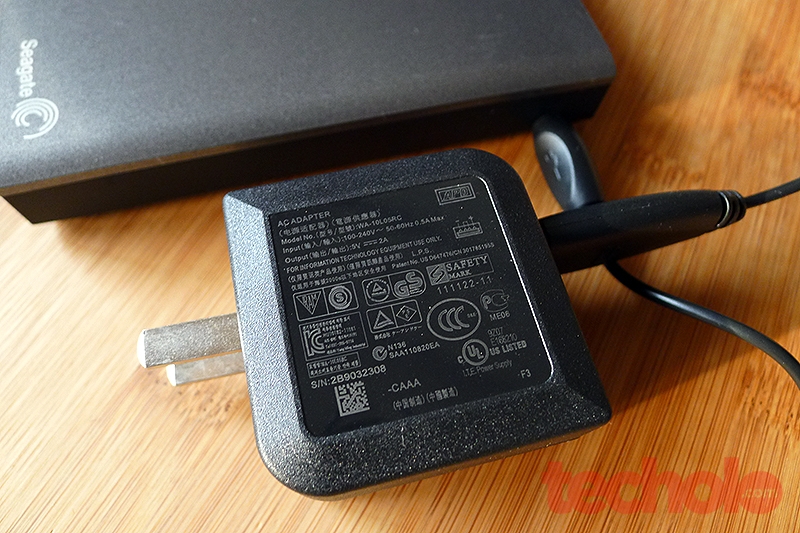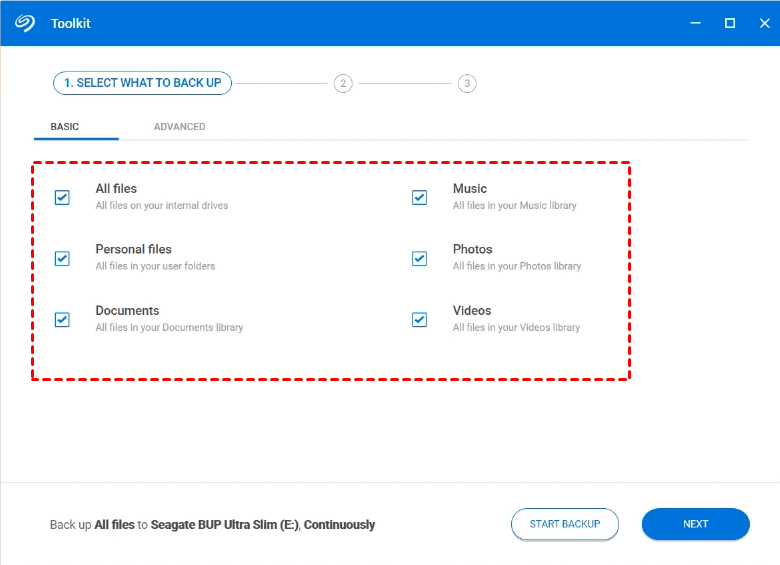


Plugging In Your Seagate External Hard Drive Into Your MacBook Pro? Don't Want To Reformat Your Seagate NTFS External Drive? How To Know Which File System You Have On Your Seagate Drive? How To Use Your Seagate Hard Drive And Put On A Mac File System
Seagate With An NTFS File System On Mac. A Seagate With An ExFAT File System On Mac. How Do I Get My Seagate To Work On My Mac? How To Use Seagate External Hard Drive On Mac. NOTE: you should be able to use file sharing between the Mac and the Windows system for transferring files. If you want to transfer data to Windows first, then just create the exFAT first, transfer your data, then reformat for Mac backup and upgrade. But as a file transfer device or a device for storing documents, pictures, movies (data, not programs), then exFAT is OK for that. NOTE: Some Mac file attributes may not transfer, but that would only matter if you were trying to use the exFAT formatted drive as a Mac backup device. I think there are older versions available for 10.5Ĭ) After you have performed your upgrade and your data is safe, you can choose to blow away the contents of the external disk and reformat it as a Windows exFAT drive that can be read by both Mac and Windows. Or Carbon Copy Cloner (free 1 month fully enabled demo). I think there are older versions available for 10.5 Or you can use SuperDuper (free for a full clone, you only pay if you want the incremental and scheduling features). 
Disk Utility -> Restore can be used to copy your entire system to the external disk, just specify the external disk as the destination for the Restore. Use a Mac backup utility to copy your Mac's data to the external disk. This will NOT be readable by Windows, but you can reformat for that task after you upgrade.

You can format the disk for Mac use with the Applications -> Utilities -> Disk Utility.ī) to backup your Mac for the upgrade, format the drive as a Mac OS Extended (Journaled) disk drive. A) you do not need to use any drivers for the disk.








 0 kommentar(er)
0 kommentar(er)
